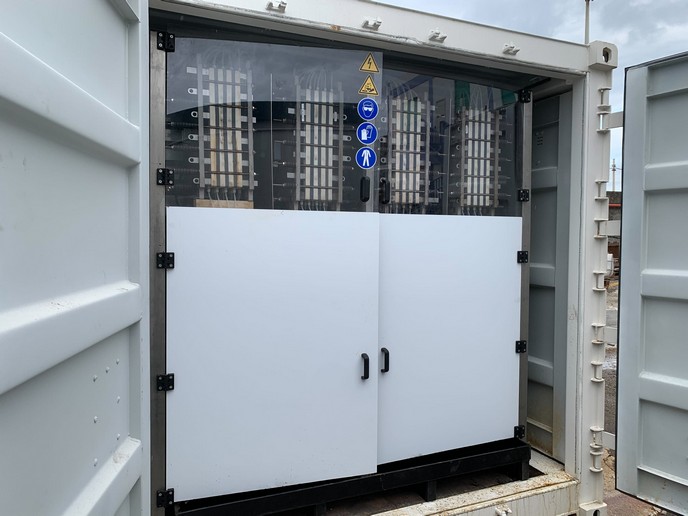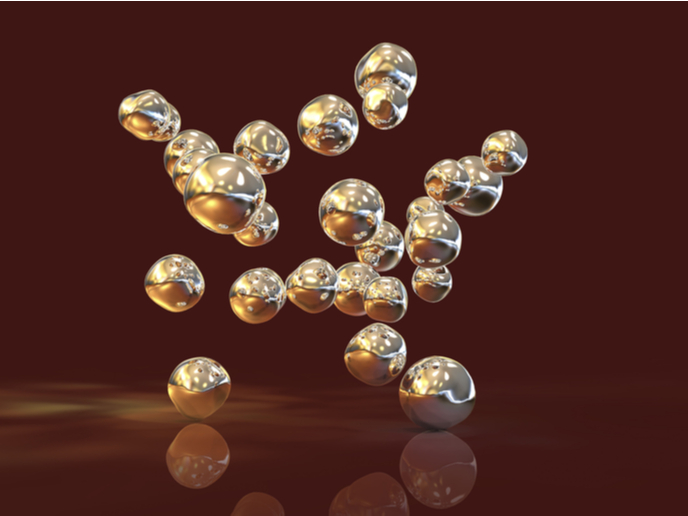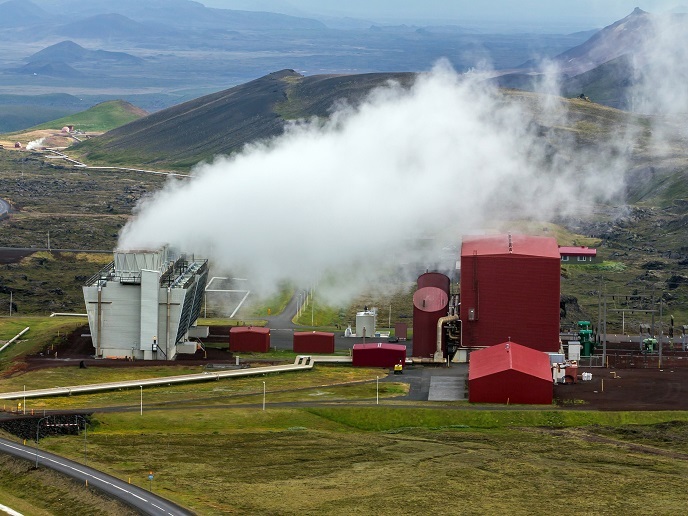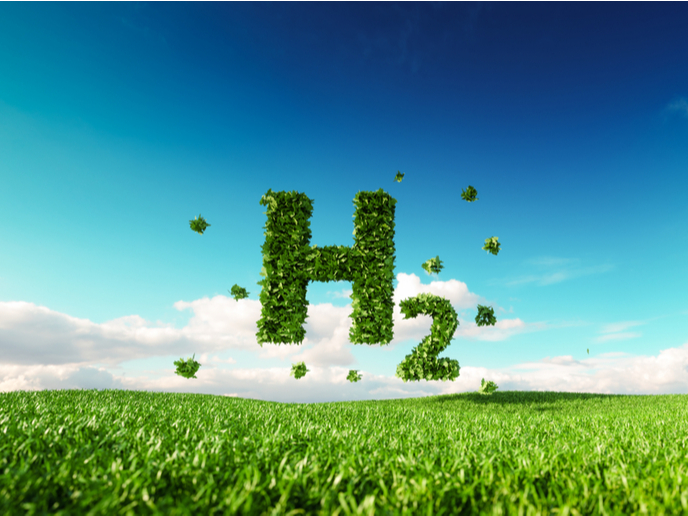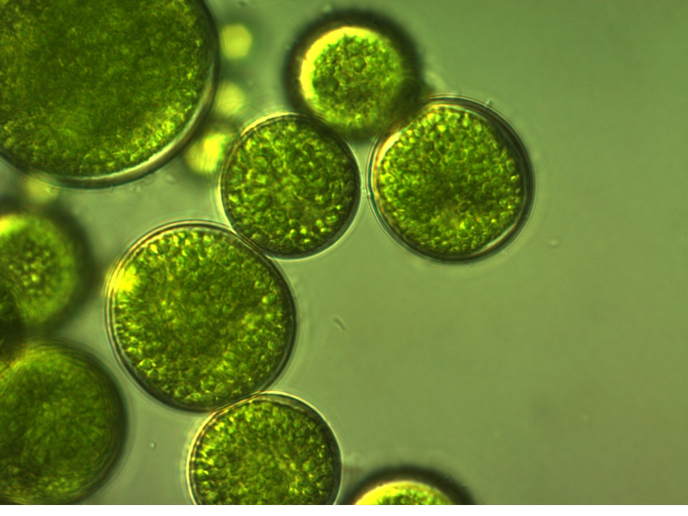Novel salt-water battery stores electricity seasonally
Much renewably produced electricity is generated intermittently, for example while the sun is shining or the wind blowing. Additionally, energy may be mostly produced during one season yet needed during another. These conditions create a new need for a new type of electricity storage. Storing electricity requires batteries. Many, such as the lithium-ion type used in mobile devices, are technically and economically unsuitable for long-term storage. Currently, no mature battery technologies provide large-scale, seasonal electricity storage. The EU-funded BAoBaB project developed a new type, called an ‘acid-base flow battery’ (ABFB), intended for this usage. The technology is safe, sustainable, and inexpensive; unlike many types of battery, the BAoBaB technology needs no precious metals, using salt water instead. The project updated and optimised a pre-existing system, and demonstrated it at pilot scale.
Splitting and recombining water
Adding electricity creates an acid and a base from a salt solution by splitting water molecules. To generate electricity, the acid and base are recombined to give the salt solution. Energy storage uses a bipolar electrodialysis system where the project’s specially developed membrane facilitates the generation of acid and base solutions. Recombining the acid and base liquids releases usable amounts of electricity. “A single module of our battery,” explains Dr Michele Tedesco, project coordinator, “consists of a series of membranes and spacers pressed together between two metallic end-plates with electrodes. The battery itself is about the size of a suitcase. What takes most of the space is the storage tanks, three in our case: one each for the acid, base and salt solutions.” The volume of the tanks is proportional to the ultimate electrical capacity of the battery. The present pilot installation includes two 2 000 litre tanks and one 4 000 litre tank for the salt solution.
Large-scale applications
Generally, the technology is suited to stationary applications at the kilowatt (household) and megawatt (industrial) scales. Due to its relatively low energy density, ABFB is not suited to electric vehicles nor anything requiring rapid charging. “One of the main strengths of the ABFB technology is its scalability,” adds Tedesco. “It’s especially suitable as a households-shared battery, and for peak-shaving at power plants.” The pilot plant (in Italy) included four battery modules, having a total capacity of 1 kW/7kWh. The first testing phase demonstrated a discharge energy density of 6.76 kWh per cubic metre, and a total efficiency of about 70 %. Performance has been somewhat lower during nine months of subsequent testing in a real environment, but most of the technical issues have been solved. A few glitches affected efficiency, as expected in a pilot plant, which the team will iron out prior to commercialisation. The consortium expects to have a fully commercial plant ready by 2025, having a capacity approximately 100 times that of the pilot plant. BAoBaB solves the problem of how to store renewably generated energy. This makes green electricity more practical, lessening still further the reliance on fossil fuels.
Keywords
BAoBaB, battery, acid-base flow battery, bipolar electrodialysis, membrane, renewably generated, electricity, storage



